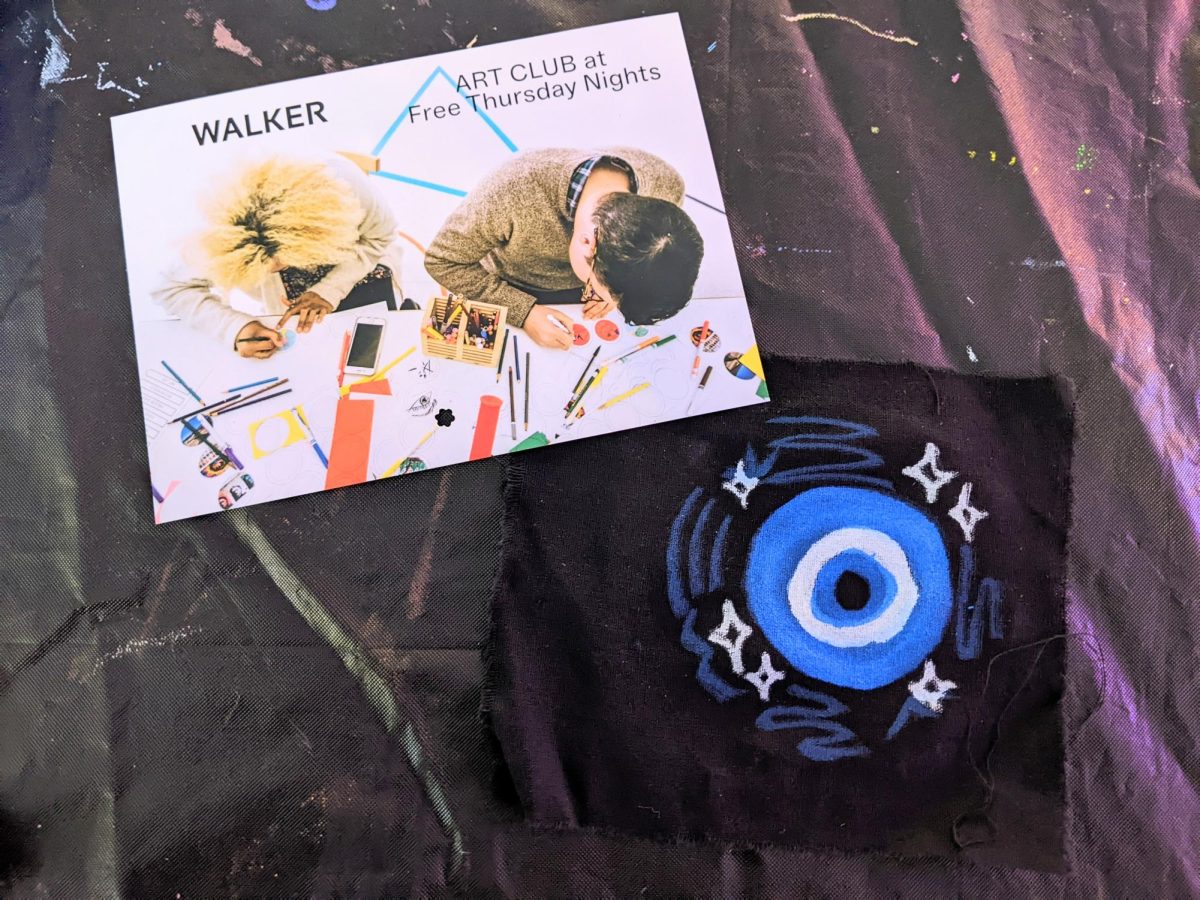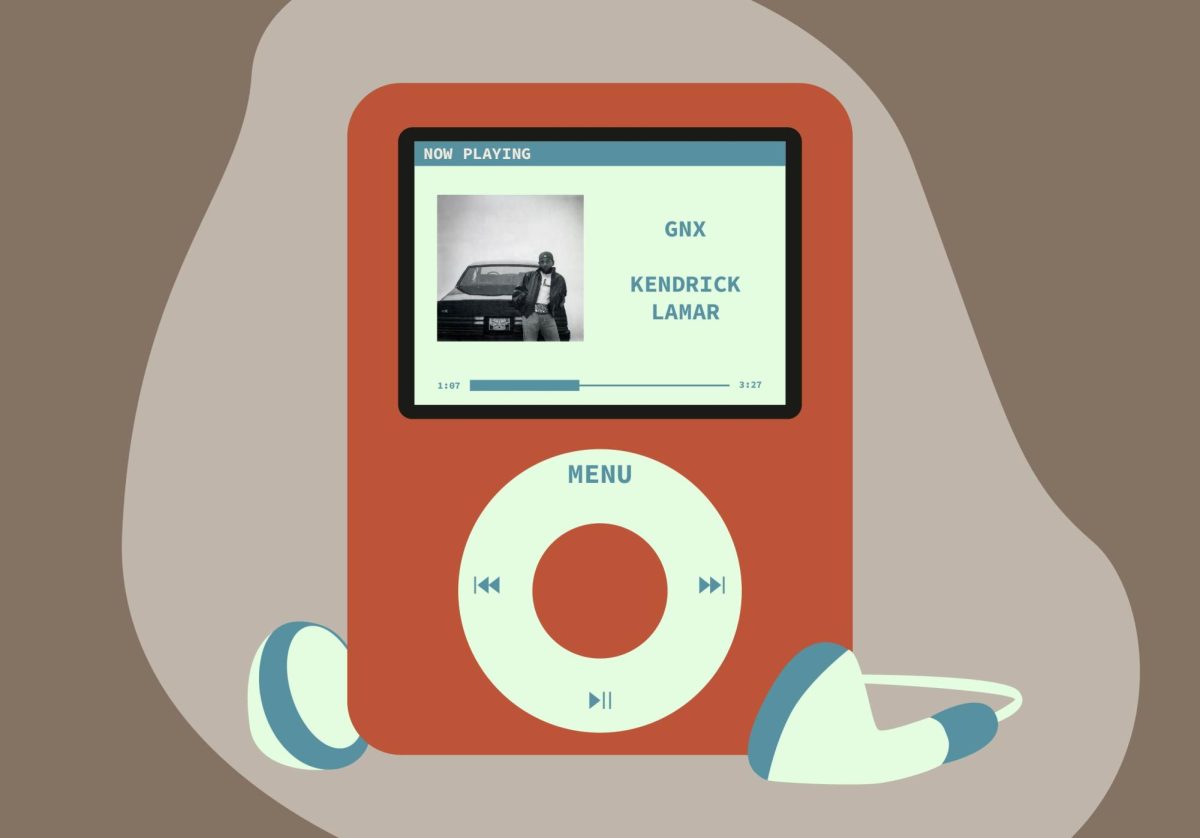Irvine Arditti doesn’t look at his violin like a single instrument anymore — it’s one point of a quadrilateral.
Considering that he’s been one-fourth of a string quartet for 40 years, it makes sense. He’s the only original member left, but the group remains impeccably in tune, creating a united front with their instruments.
“Sorry, sorry, sorry, sorry, sorry!” violinist Ashot Sarkissjan said during a confusing moment in a rehearsal last week. “I stop for a reason, you know.”
His apology wasn’t the result of pressure from the rest of the quartet. Rather, he fits the prerequisite of membership — loving music enough to only play it with precision.
When Arditti started the coalition in 1974, he sought to give composers a venue for exposure.
“I got bored of classical music when I was 9,” he said. Then the Londoner coyly mentioned he started playing music at 9.
While he appreciates and occasionally even enjoys classical music, Arditti said contemporary music is keeping the art form alive, which is why the Arditti Quartet has recorded nearly 200 albums of the latest work from composers from around the world.
The group focuses on compositions of all different genres, but most of it could fit under the avant-garde umbrella. For example, the quartet’s performance last Friday at the MacPhail Center for Music showcased University of Minnesota professor James Dillon’s “String Quartet No. 4.” The piece experimented with complex music theory, making it difficult for a non-trained ear to follow the twists and turns in the chaotic-sounding work.
However, the atmosphere created was accessible to everyone. In one particularly gorgeous moment, each member gently fingered harmonics on their respective instruments to create an eerie, peaceful hum.
“It’s like having a Rolls-Royce at your disposal,” Dillon said of composing for the quartet. “I never would have written for [a] string quartet without Arditti’s group.”
Dillon said, in his opinion, the quartet’s existence gives continued strength to the contemporary music scene and allowed it to expand. They’ve performed new work from performers like John Cage and Jonathan Harvey.
Of course, these artists aren’t as visible or noteworthy to folks who don’t actively engage with the artier side of the music world. Cellist Lucas Fels said the quartet hopes to expose people to the intricacy and depth of contemporary music.
“New work is fun because it’s surprising,” Fels said. “You haven’t heard it before, and it will challenge you to see things differently.”
Even the quartet is often surprised at what composers will throw at them.
“We’ll look at a piece and be totally taken aback,” Sarkissjan said. “I’ll say, ‘What is this? I thought I knew this person!’”
Though the quartet has switched out members consistently throughout its long existence, one thing has remained true for the quartet — the project is the result of love, talent and a tiny dose of obsession.
“We are specimens to be studied in the future,” Arditti said, joking with Dillon and the rest of the quartet. He suddenly became serious. “We want to preserve this history as it is made.”













